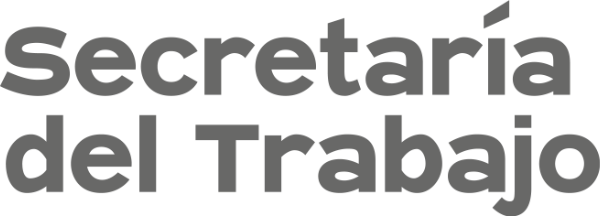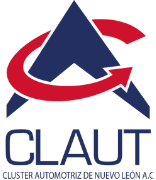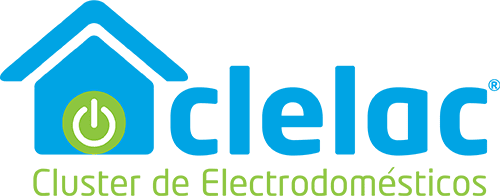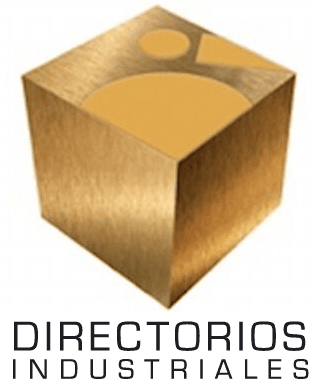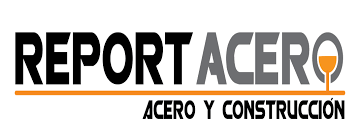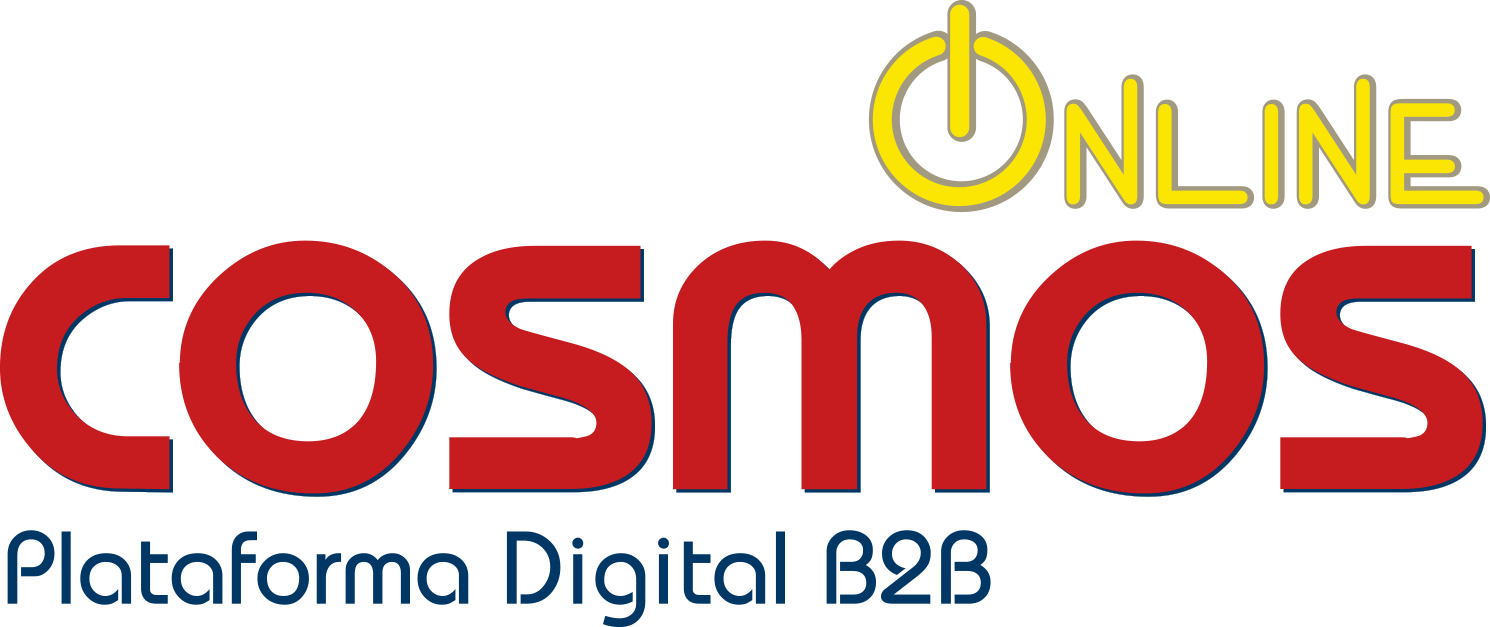Progressive stamping to support Mexican metalworking automation
Due to the growth of the automotive industry in Mexico, the need to generate production processes in high volumes has become a factor in technological change. Processes with greater automation and equipment that work continuously are now constant in production plants.
An excellent example of this in the metalworking sector is progressive die-cutting, which allows a continuous process of cutting and forming sheet metal to be generated in a sum of operations that create parts of a certain complexity from start to finish.
The main difference between progressive and simple die-cutting lies in their capacity and complexity. Simple die-cutting is limited to one press stroke operation and is used for simple parts with relatively easy maintenance. In contrast, progressive die-cutting allows multiple operations to be performed at different stages, resulting in one or more finished parts in a single cycle and, therefore, increased productivity.
THE VALUE OF AUTOMATION
Progressive die-cutting has gained ground in Mexican metalworking manufacturing thanks to various benefits and improvements in performance indicators. One is high efficiency and productivity because it can perform multiple operations in a single pass. When the volume is small, the same operator can do numerous operations on one or more presses, including laser cutting, to obtain the blanks. But when a higher volume is required, doing it this way would be detrimental to productivity and could compromise lead times.
As it does not require intensive manual interventions, a clear benefit of a progressive system is the assurance of accuracy and quality. This method ensures components with adapted tolerances, ensuring a perfect fit and optimal functionality, which is especially crucial in industries such as automotive and aerospace.
Automation also reduces errors, which often occur by people due to the nature of continuous and repetitive work. In addition, with the integration of technologies such as CNC and CAD, progressive die-cutting makes it possible to systematically create complex shapes and designs. So, the equation of time and quality is better combined and becomes crucial in high volumes.
Like any modern die-cutting process, a wide range of materials and operations, from cutting and punching to drawing, can open up countless applications.
DIE CASTING DESIGN
The tools used in progressive operations must be of very high performance since the design of the die itself can significantly impact the cost of the manufactured component. Reusing knowledge is essential to successful design, particularly with the progressive stamping tool.
Studies have been conducted with designers of this type of tooling, indicating that the reuse of tooling information and knowledge occurs in many parts of the design process. The above has made it clear that the reasons and conditions for reuse vary depending on where the designer is. Factors such as the high complexity of the components trigger reuse. In addition, information about the tool’s performance is vital for designers, as they prefer to reuse only those with good performance and low maintenance.
In Mexico, more and more companies offer the design and manufacture of dies for stamping sheet metal parts. In these cases, reverse engineering is used to collect all the parameterized geometric information of a part and, from there, to make the die design. In the designer’s mind, this is like metal origami, in which, instead of the hands, the strength and precision of the presses are used, seeking maximum efficiency.
MAIN CUSTOMER
As we mentioned at the beginning of this article, due to the growth of the automotive industry in Mexico, the need to generate production processes in high volumes has become a factor of technological change that leads to methods and systems with a higher degree of automation. But it is not exclusive to auto parts; industries such as household appliances or air conditioning are also usually very demanding.
The companies that are dedicated to the manufacture and design of these dies are increasingly in demand because the manufacturer of these metal components needs to solve financial equations that are increasingly adjusted in their performance variables, which makes them look for operations that combine more operations in a single configuration that eliminate waste, use fewer resources, and ensure cost and quality.
That is why simple die-cutting, limited to one press stroke operation, is used for simple, smaller-volume parts. But as much as possible, manufacturers in the industry are looking for configurations that allow them to perform multiple operations at different stages, resulting in one or more finished parts in a single cycle and, therefore, in greater productivity.
A MATTER OF EFFICIENCY
It is clear then that progressive die-cutting has gained ground in metalworking manufacturing thanks to various benefits and improvements in performance indicators. These are crucial for assessing the manufacturing process’s efficiency, quality, and cost-effectiveness.
Here are some benefits and how they influence performance indicators:
Productivity and efficiency: Progressive die-cutting allows multiple stamping operations to be performed in a single step. This means a metal part can be progressively formed, cut, and finished continuously, significantly increasing production. In terms of performance indicators, this translates into an increase in hourly output and a reduction in cycle times.
Less scrap: Compared to other manufacturing methods, progressive die-cutting uses the material more efficiently, reducing waste. Not only is this beneficial from a cost standpoint, but it also improves the sustainability of the manufacturing process. Related performance indicators include material utilization rate and cost of materials per unit produced.
Consistency and quality: Since operations are automated and precise, progressive die-cutting produces highly consistent components. This is especially important in applications where tolerances and specifications are critical. Affected performance indicators include rejection or defect rate and product uniformity.
Labor Cost: As an automated process, progressive die-cutting requires less manual intervention than manufacturing processes. This leads to a reduction in labor costs and results in an incentive to develop specialized personnel. Relevant performance indicators include labor productivity and labor costs per unit.
Changeover and setup: Progressive die-cutting systems are typically faster to set up and change than other presses, allowing for greater flexibility in production and the ability to respond quickly to changes in demand. Related performance indicators include changeover downtime and production flexibility.
Safety: By minimizing manual intervention, progressive die-cutting reduces workplace injury risk. This is a significant benefit in terms of occupational health and safety. Related performance indicators include the rate of workplace accidents and days lost due to injuries.
Complex design: Progressive die-cutting allows for the creation of parts with more complex and detailed designs. This opens up new possibilities for design innovation and improves the product’s competitiveness in the market. Relevant performance indicators include innovation rate and product diversity.
Space Optimization: Due to its ability to perform multiple operations on a single machine, progressive die cutting can help optimize space on the shop floor. This benefit is crucial for manufacturing operations where space is a limited resource. Affected performance indicators include space usage efficiency and associated operating costs.
Progressive die-cutting represents an integral part of automation in the metalworking industry in Mexico. FABTECH Mexico 2024, which will take place in Monterrey, Nuevo León, probably the city with the most significant number of companies with die-cutting processes in the country, will be an ideal meeting place for users and manufacturers of presses to perform progressive die-cutting. Also, the presence of industrial designers, who are critical to the process of conception and development of the tooling required to achieve more optimal operations for each engineering challenge, will be significant.
With the growth of the automotive industry, the need to produce in large volumes efficiently and with high quality is more important than ever. Progressive die-cutting’s ability to integrate multiple operations into a single cycle, its high accuracy, and the ability to produce complex designs make it an indispensable tool in modern manufacturing. With the continuous evolution of technology and the growing demand for high-quality, customized products, progressive die-cutting will continue to be a fundamental pillar in the Mexican metalworking industry.













